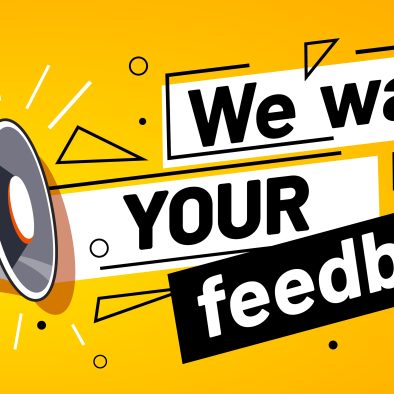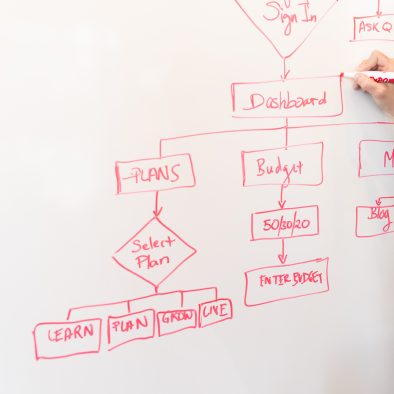Customer success managers (CSMs) play a vital role in ensuring customer satisfaction and retention in businesses. They work to understand the needs of customers and provide them with solutions that meet those needs.
However, with the increasing volume of customer inquiries and requests, it can be challenging for CSMs to keep up. That’s where chatbots like ChatGPT come in.
ChatGPT is a large language model that can be used to provide automated customer support, freeing up CSMs to focus on more complex issues. In this article, we will explore how ChatGPT can help CSMs in their day-to-day operations.
Uses of ChatGPT in Customer Success
- Providing on-demand support: ChatGPT can be used to provide on-demand support to customers. This enables them to quickly resolve their issues or get answers to their questions. By automating routine inquiries such as FAQs, billing questions, or product information requests, ChatGPT can help CSMs in reducing their workload and provide more timely support to customers. This improves customer satisfaction and retention rates, as customers are more likely to remain loyal to businesses that provide efficient and responsive customer support.
- Automating routine tasks: ChatGPT can be used to automate routine tasks such as sending welcome emails (so can we), requesting feedback, or scheduling follow-up calls. This can help CSMs in saving time and focus on more complex issues. Pivoting energy into resolving customer complaints or developing proactive strategies can improve the customer experience further. By automating routine tasks, CSMs can be more efficient and effective in their roles.
- Providing proactive outreach: ChatGPT can be used to provide proactive outreach to customers, such as sending notifications about new features, upcoming events, or helpful tips. This helps to keep customers engaged and informed, which can lead to increased customer loyalty and retention. By providing proactive outreach, CSMs can demonstrate that they care about their customers and are committed to providing them with value beyond the products or services they offer.
- Conducting surveys and gathering feedback: ChatGPT can be used to conduct surveys and gather feedback from customers. CSMs can use this feedback to improve the customer experience and identify areas for improvement. By gathering feedback and acting on it, CSMs can show their customers that they are committed to providing them with the best possible experience, which can lead to increased customer loyalty and retention.
Additional Resource: NPS Surveys by Reptrics
- Analyzing customer data: ChatGPT can be used to analyze customer data, such as user behavior, preferences, and trends. CSMs can use this data to identify areas for improvement and develop proactive strategies to enhance the customer experience. By analyzing customer data, CSMs can gain insights into their customer’s needs and preferences, which can help them to provide better support and develop more effective retention strategies.
- Providing training and education: ChatGPT can be used to provide training and education to customers, such as tutorials, FAQs, or best practices. CSMs can use ChatGPT to deliver this information in a personalized and interactive way, which can help customers to better understand how to use products or services and achieve their desired outcomes. By providing training and education, CSMs can help customers to be more successful and satisfied, which can lead to increased customer loyalty and retention.
- Collaborating with team members: ChatGPT can be integrated with collaboration tools such as Slack or Microsoft Teams, allowing CSMs to work more efficiently and collaboratively with their team members. By using ChatGPT to facilitate communication and collaboration, CSMs can improve their productivity and effectiveness in their roles, which can lead to improved customer satisfaction and retention.
9 Steps to Using ChatGPT for CSMs
- Define the scope: The first step in using ChatGPT for customer success is to define the scope of its use. This includes identifying the types of inquiries that ChatGPT will handle, the customer journey stages where ChatGPT will be used, and the goals of using ChatGPT (e.g., improving response times, reducing support costs, increasing customer satisfaction).
- Choose the right platform: There are many chatbot platforms available, and it is important to choose the one that best meets the needs of the business. Factors to consider include ease of use, cost, scalability, integration with other systems, and support for natural language processing (NLP) and machine learning.
- Train ChatGPT: Once the platform has been chosen, the next step is to train ChatGPT. This involves providing ChatGPT with the necessary data and scripts to understand customer inquiries and respond to them appropriately. The training process should be iterative, with ongoing monitoring and feedback to improve ChatGPT’s responses over time.
- Integrate ChatGPT with other systems: ChatGPT should be integrated with other systems used by customer success managers, such as CRM, ticketing, and analytics tools. This will allow CSMs to access customer data, track customer interactions, and gain insights into customer behavior.
- Monitor ChatGPT’s performance: It is important to monitor ChatGPT’s performance on an ongoing basis to ensure that it is providing accurate and helpful responses to customer inquiries. This includes analyzing chat transcripts, identifying areas where ChatGPT can be improved, and providing feedback to ChatGPT’s training algorithm.
- Provide human oversight: While ChatGPT can handle many routine inquiries, there will be cases where human support is needed. Customer success managers should be prepared to step in and provide personalized support when necessary, and ChatGPT should be designed to escalate inquiries to a human agent when appropriate.
- Continuously improve: ChatGPT is not a one-time implementation; it requires ongoing monitoring and improvement. Customer success managers should continually review and update ChatGPT’s responses, track its performance metrics, and adjust its training as needed.
- Communicate with customers: It is important to communicate with customers about the use of ChatGPT and set expectations for its use. Customers should be informed when they are interacting with ChatGPT and when they will be connected with a human support agent.
- Measure success: Finally, customer success managers should measure the success of using ChatGPT. This includes tracking metrics such as response times, customer satisfaction scores, and support costs. By measuring the impact of ChatGPT, CSMs can identify areas where improvements can be made and ensure that ChatGPT is contributing to the company’s overall success.
Takeaway
In conclusion, using ChatGPT for customer success can be an effective way to improve support efficiency, reduce costs, and enhance the customer experience. However, it is important to take a strategic approach to implement ChatGPT and ensure that it is properly trained, monitored, and integrated with other systems. By following this operational plan, customer success managers can successfully leverage ChatGPT to achieve their goals and drive long-term success for their businesses.









